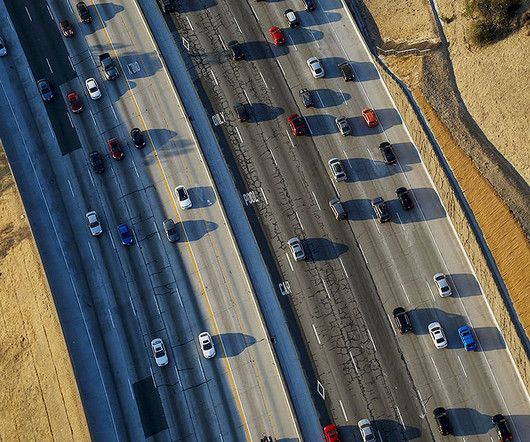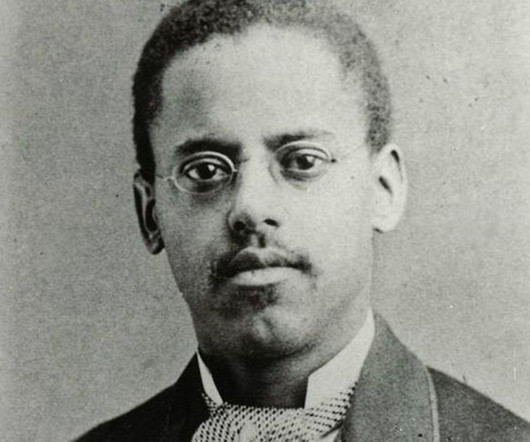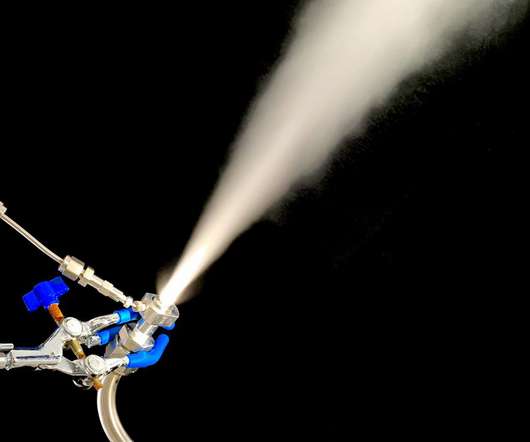GWU team suggests C2CNT carbon nanotube composites could amplify reduction of GHG emissions
Green Car Congress
AUGUST 30, 2019
A team of researchers at George Washington University led by Prof. Massive carbon dioxide avoidance by the addition of carbon nanotubes synthesized from CO 2 to CNT-composites. (A) A) Carbon mitigation with CNT-cement. (B) B) Carbon mitigation with CNT-Al. Licht et al. 300 tons of CO 2 steel production.




























Let's personalize your content